Home>Home Appliances>Home Automation Appliances>Where Should I Place My Thermostat
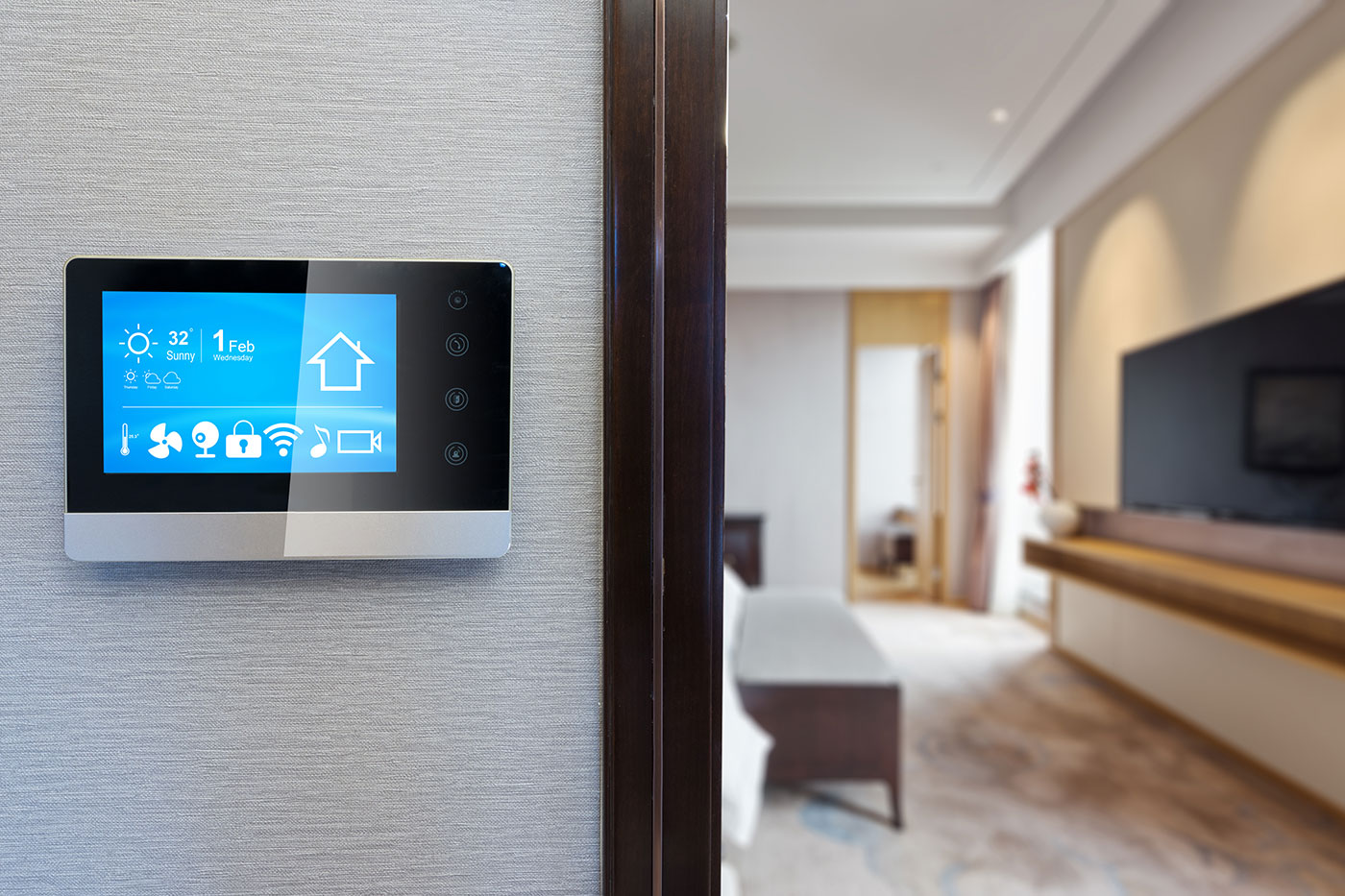

Home Automation Appliances
Where Should I Place My Thermostat
Modified: January 6, 2024
Discover the best placement for your thermostat in your home. Learn how to optimize your home automation appliances for maximum comfort and energy efficiency. Explore expert tips now!
(Many of the links in this article redirect to a specific reviewed product. Your purchase of these products through affiliate links helps to generate commission for Storables.com, at no extra cost. Learn more)
Introduction
Choosing the optimal location for your thermostat is crucial for ensuring efficient heating and cooling in your home. The thermostat serves as the command center for your HVAC system, regulating the indoor temperature to maintain comfort while conserving energy. Proper placement is essential to accurately gauge the overall temperature of your living space and prevent unnecessary fluctuations. In this comprehensive guide, we will explore the various factors to consider when determining the ideal placement for your thermostat, along with specific locations to prioritize and those to avoid. By the end of this article, you will have a clear understanding of where to position your thermostat to maximize its effectiveness and improve the overall comfort and energy efficiency of your home.
Key Takeaways:
- Choose a central, obstruction-free location for your thermostat to accurately regulate your home’s temperature and conserve energy.
- Avoid placing your thermostat near heat sources, in direct sunlight, or in drafty areas to prevent inaccurate readings and ensure efficient HVAC system operation.
Factors to Consider
When deliberating on the placement of your thermostat, several key factors should be taken into account to ensure optimal functionality and accurate temperature readings. Understanding these factors will empower you to make an informed decision regarding the ideal location for your thermostat.
- Centralized Position: Placing the thermostat in a centralized location within your home is advantageous, as it allows for a more balanced assessment of the overall temperature. This ensures that the thermostat can effectively regulate the HVAC system based on a representative reading of the entire living space, rather than being influenced by localized temperature variations.
- Avoiding Direct Sunlight: Exposure to direct sunlight can lead to inaccurate temperature readings, prompting the HVAC system to operate inefficiently. It is important to avoid positioning the thermostat in areas where it may be subjected to direct sunlight, as this can result in false temperature assessments and subsequently affect the system’s performance.
- Obstruction-Free Placement: Selecting a location free from obstructions such as furniture, curtains, or other items that could interfere with airflow around the thermostat is crucial. Unrestricted airflow ensures that the thermostat can accurately detect temperature changes and effectively communicate with the HVAC system to maintain the desired indoor climate.
- Away from Heat Sources: Placing the thermostat away from heat sources such as lamps, electronics, or appliances that emit heat is essential to prevent false temperature readings. Proximity to heat sources can mislead the thermostat into triggering unnecessary cooling, leading to energy wastage and reduced system efficiency.
- Consistent Airflow: Ensuring that the thermostat is located in an area with consistent airflow is vital for obtaining accurate temperature readings. Positioning the thermostat in a spot where air circulation is consistent throughout the day facilitates reliable temperature detection and enables the HVAC system to respond appropriately to maintain comfort.
By carefully considering these factors, you can make an informed decision about where to place your thermostat, ultimately optimizing its performance and contributing to a more comfortable and energy-efficient home environment.
Ideal Locations for Thermostat Placement
Identifying the ideal locations for thermostat placement is pivotal in ensuring accurate temperature monitoring and efficient operation of your HVAC system. By strategically positioning the thermostat in the following areas, you can optimize its performance and contribute to a more comfortable indoor environment.
- Main Living Areas: Placing the thermostat in a central area of the main living space, such as the living room or dining room, can provide an accurate representation of the overall temperature in your home. This allows the thermostat to effectively regulate the HVAC system based on the prevailing conditions in the areas where occupants spend the most time.
- Interior Walls: Mounting the thermostat on an interior wall, away from exterior doors and windows, can shield it from external influences that may impact its ability to accurately assess indoor temperatures. Interior walls offer a more stable environment for temperature monitoring, reducing the risk of false readings caused by external factors.
- Eye Level: Positioning the thermostat at eye level, ideally around 52 to 60 inches from the floor, enhances its accessibility and ensures ease of use. Placing it at this height allows for convenient temperature adjustments and enables occupants to read the display without straining or bending, enhancing user experience.
- Open Areas: Selecting an open area for thermostat placement, free from obstructions and direct heat sources, promotes consistent airflow around the device. This facilitates accurate temperature detection and enables the thermostat to effectively communicate with the HVAC system, resulting in precise climate control.
- Consistent Temperature Zones: If your home features distinct temperature zones, consider installing multiple thermostats to monitor and regulate each zone independently. This approach allows for tailored climate control in different areas of the home, ensuring optimal comfort and energy efficiency.
By prioritizing these ideal locations for thermostat placement, you can enhance the accuracy and effectiveness of your HVAC system, ultimately contributing to a more comfortable and energy-efficient living environment.
Place your thermostat on an interior wall, away from direct sunlight, drafts, and appliances that generate heat. This will ensure accurate temperature readings and efficient heating and cooling.
Locations to Avoid
While certain areas may seem convenient for thermostat placement, it is important to be mindful of locations that can compromise its functionality and accuracy. By steering clear of the following areas, you can prevent potential issues and ensure that your thermostat operates optimally.
- Near Heat Sources: Avoid situating the thermostat near heat sources such as lamps, televisions, or appliances that emit heat. Proximity to these sources can lead to false temperature readings, prompting the HVAC system to operate inefficiently and compromising overall comfort.
- In Direct Sunlight: Placing the thermostat in direct sunlight can result in inaccurate temperature assessments, as the exposure to heat and light may skew its readings. This can lead to inefficient operation of the HVAC system and impact energy consumption.
- Adjacent to Windows or Doors: Positioning the thermostat near windows, exterior doors, or drafty areas can expose it to external temperature fluctuations, leading to inaccurate readings. It is advisable to avoid such locations to prevent the thermostat from responding to external conditions that do not reflect the overall indoor climate.
- In Drafty Areas: Placing the thermostat in drafty areas or near air vents can disrupt its ability to accurately gauge indoor temperatures. The presence of drafts can lead to inconsistent temperature readings, potentially causing the HVAC system to operate unnecessarily and impacting energy efficiency.
- Behind Furniture or Curtains: Avoid placing the thermostat behind furniture, curtains, or other obstructions that impede airflow and obstruct its sensors. Restricted airflow can hinder the thermostat’s ability to detect temperature changes, resulting in inaccurate readings and inefficient operation of the HVAC system.
By being mindful of these locations to avoid, you can safeguard the accuracy and effectiveness of your thermostat, ensuring that it functions optimally to maintain a comfortable and energy-efficient indoor environment.
Conclusion
Choosing the right location for your thermostat is a significant decision that directly impacts the comfort and energy efficiency of your home. By carefully considering the factors that influence thermostat placement and prioritizing ideal locations while avoiding potential pitfalls, you can optimize the performance of your HVAC system and create a more comfortable living environment.
Remember, a centralized position, free from direct sunlight and heat sources, and with consistent airflow, is essential for accurate temperature monitoring. Placing the thermostat in main living areas, on interior walls, and at eye level enhances its accessibility and ensures reliable performance. Conversely, it is crucial to avoid locations near heat sources, in direct sunlight, adjacent to windows or doors, in drafty areas, and behind obstructions to prevent inaccurate readings and inefficient operation of the HVAC system.
By adhering to these guidelines, you can make informed decisions about where to position your thermostat, ultimately contributing to improved comfort, energy efficiency, and overall satisfaction with your home’s climate control. Whether you opt for a centralized location in the main living area, mount the thermostat on an interior wall away from external influences, or install multiple thermostats to regulate distinct temperature zones, your thoughtful approach to thermostat placement will yield tangible benefits in terms of comfort and energy savings.
As you embark on the journey of optimizing your thermostat placement, keep in mind that the goal is to create a harmonious balance between accurate temperature monitoring and efficient operation of your HVAC system. By leveraging the insights shared in this guide, you can confidently position your thermostat to achieve optimal performance, contributing to a more comfortable and energy-efficient home environment for you and your family.
Frequently Asked Questions about Where Should I Place My Thermostat
Was this page helpful?
At Storables.com, we guarantee accurate and reliable information. Our content, validated by Expert Board Contributors, is crafted following stringent Editorial Policies. We're committed to providing you with well-researched, expert-backed insights for all your informational needs.

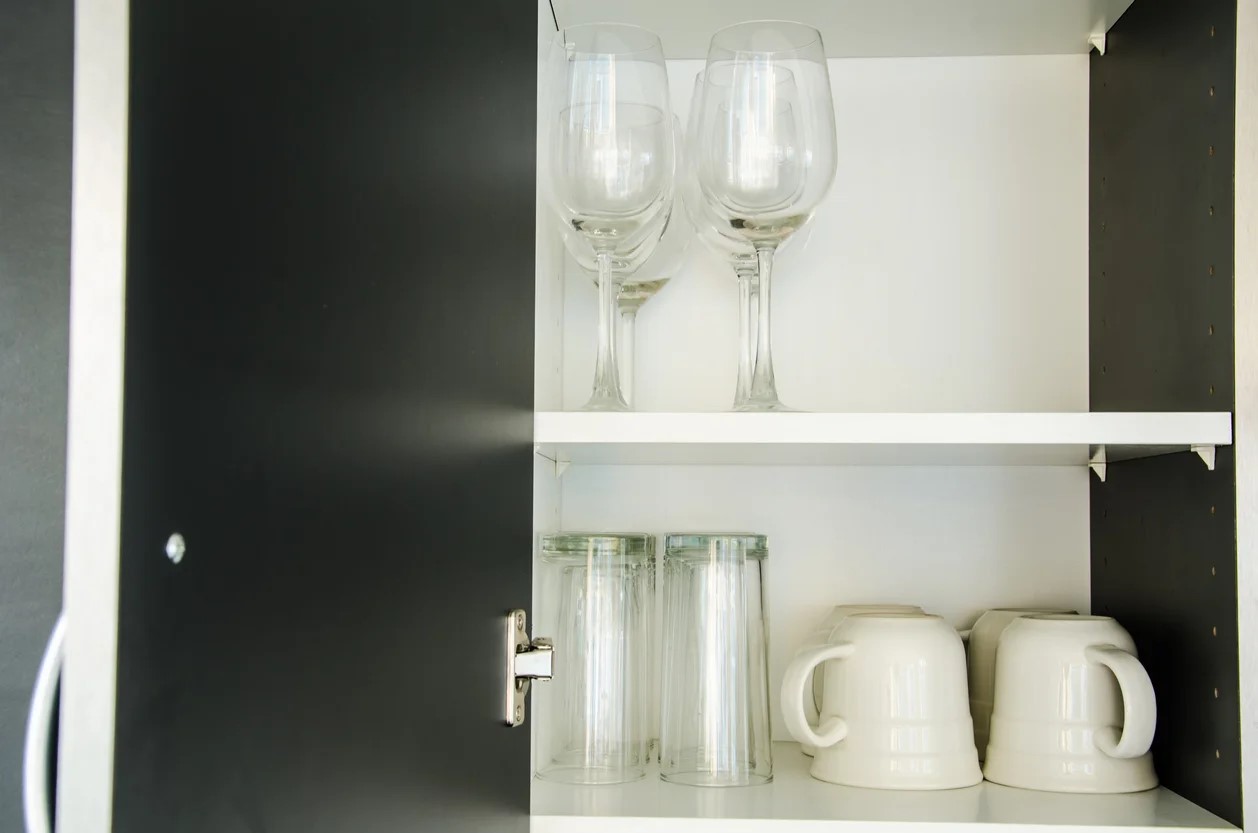


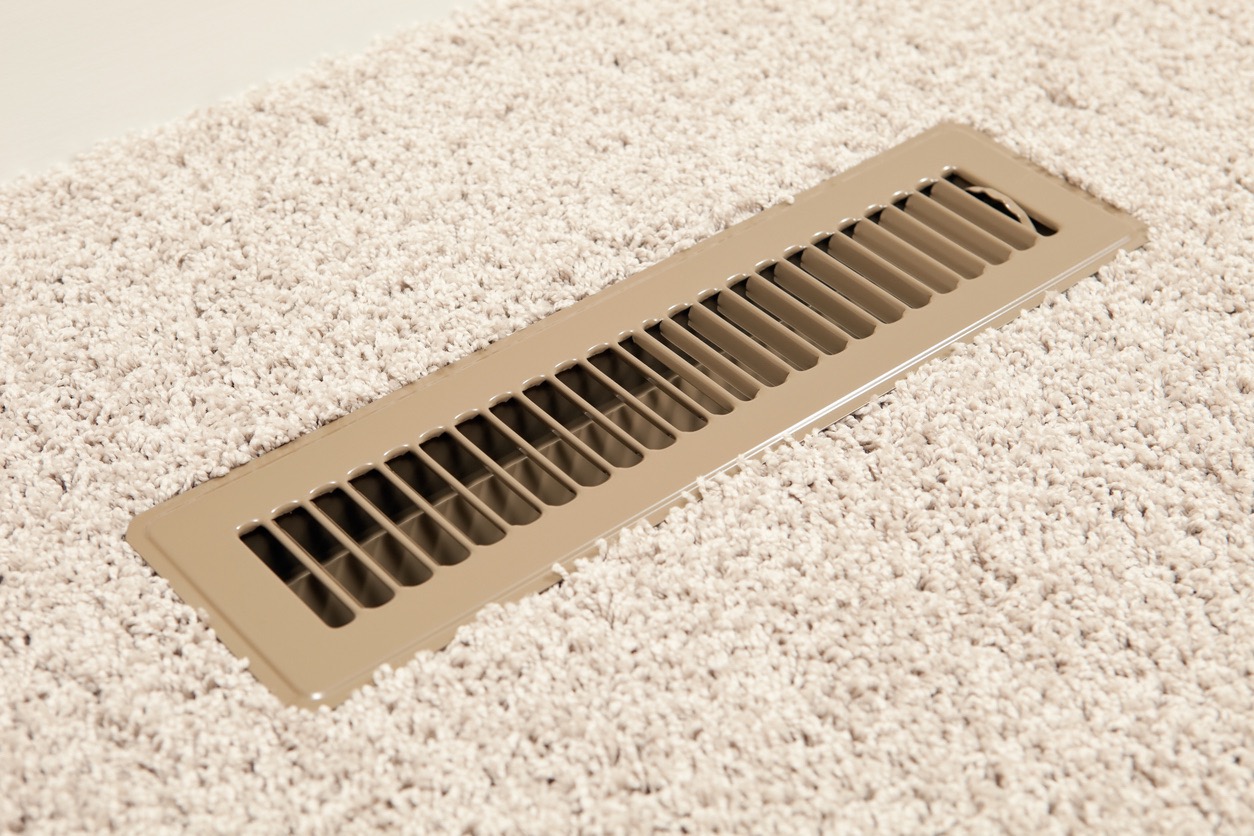

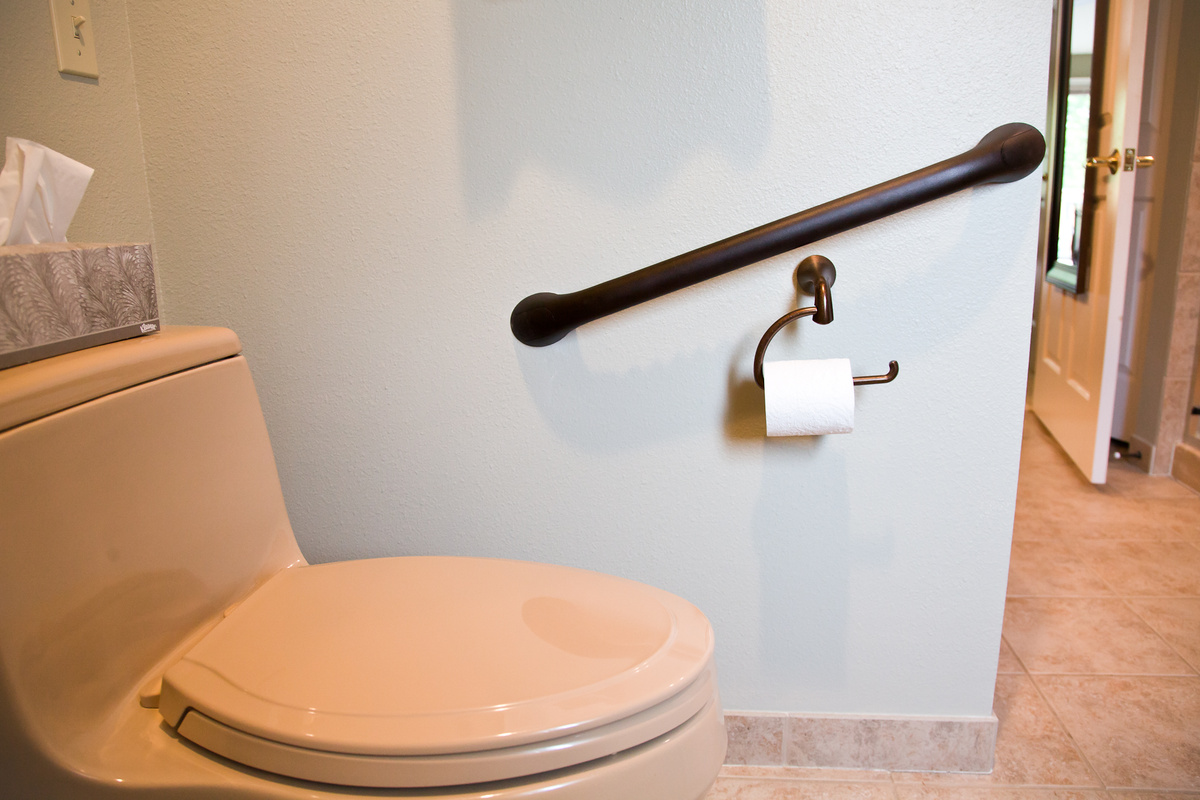

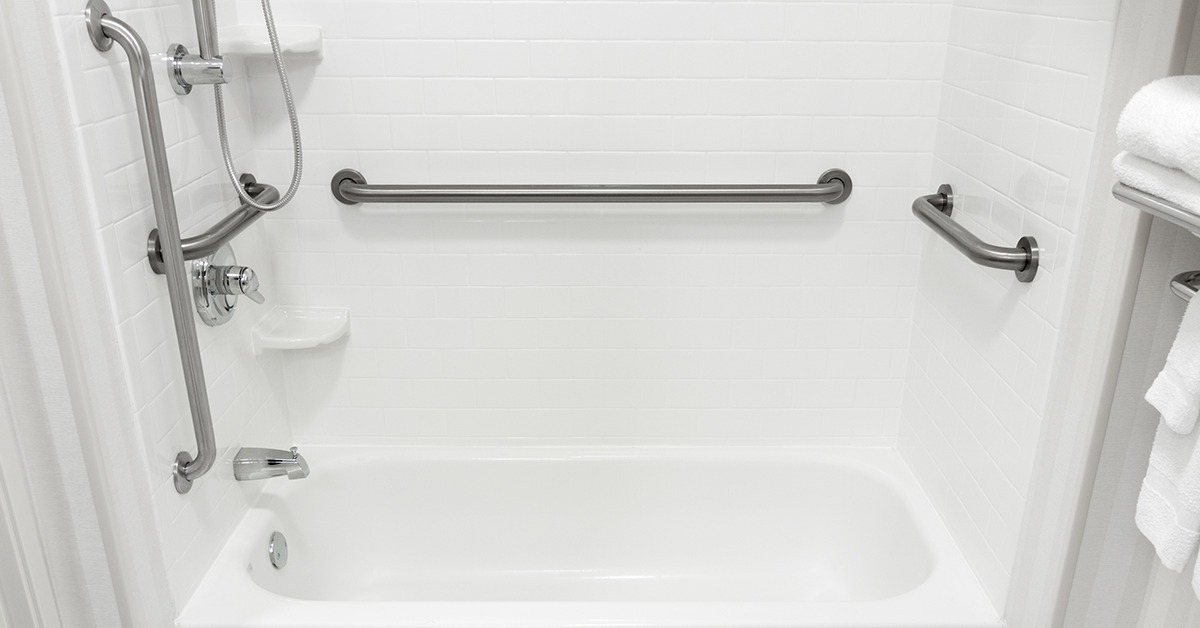
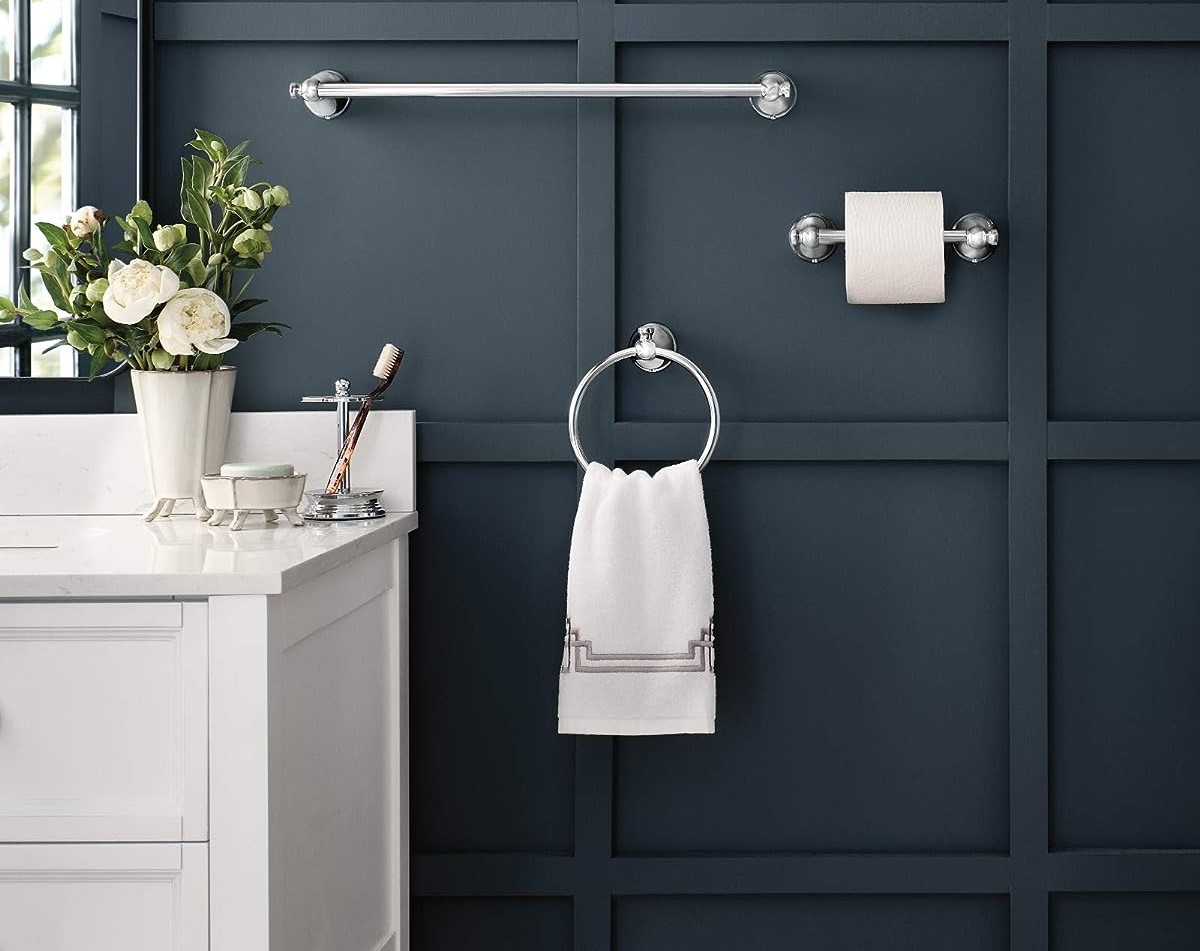



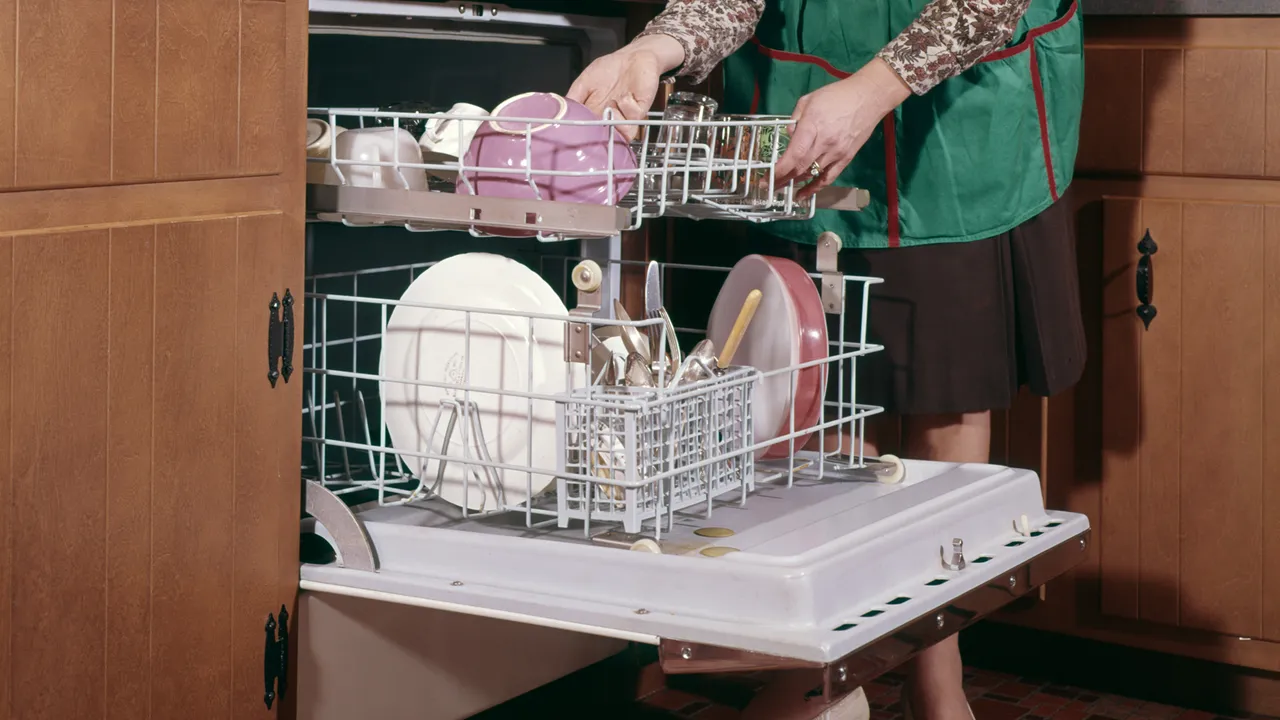
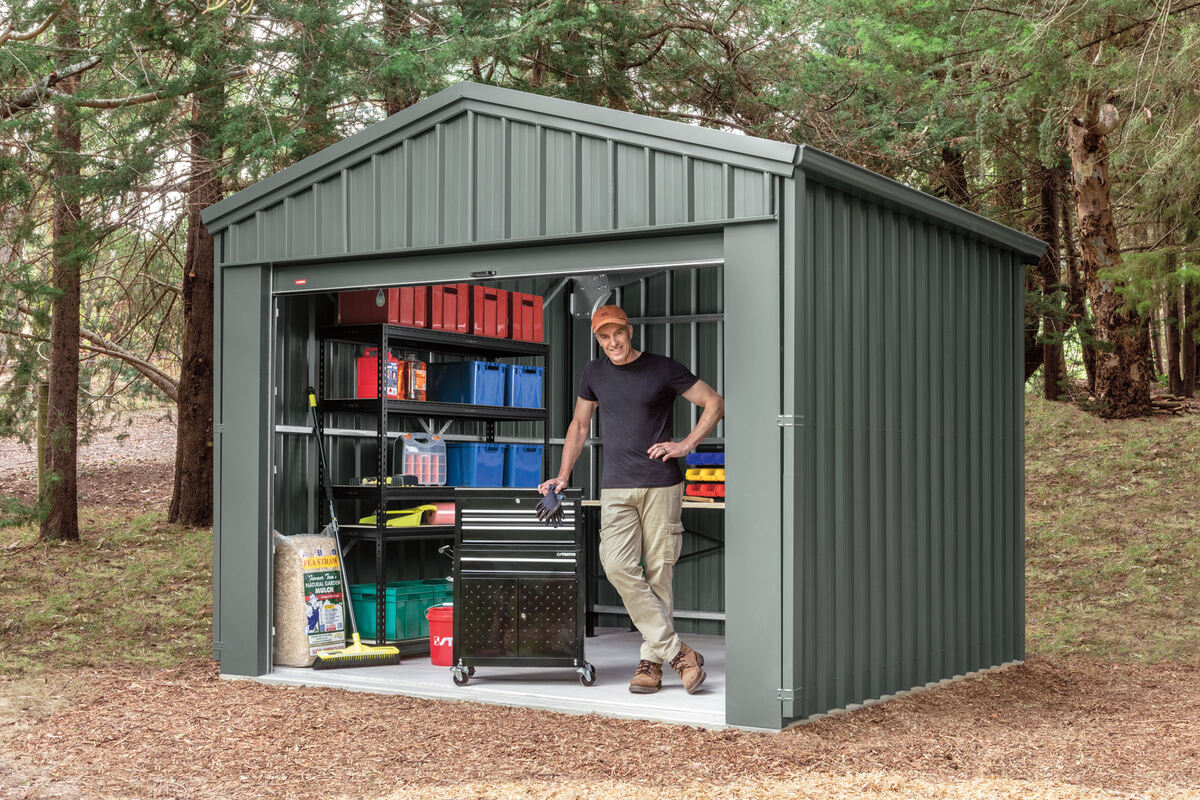

0 thoughts on “Where Should I Place My Thermostat”